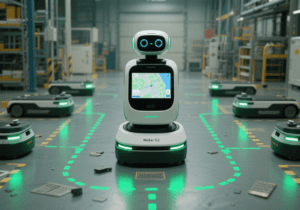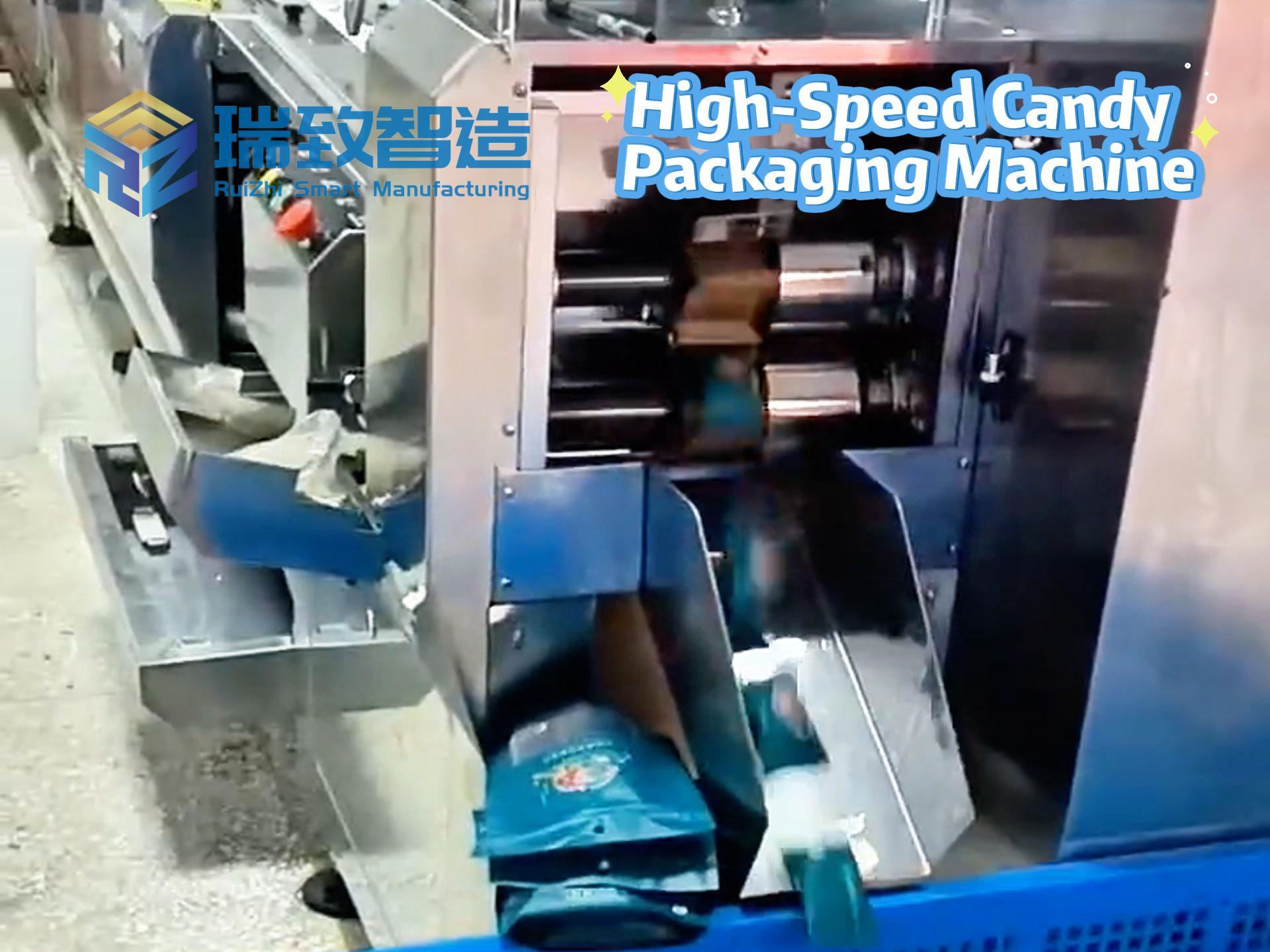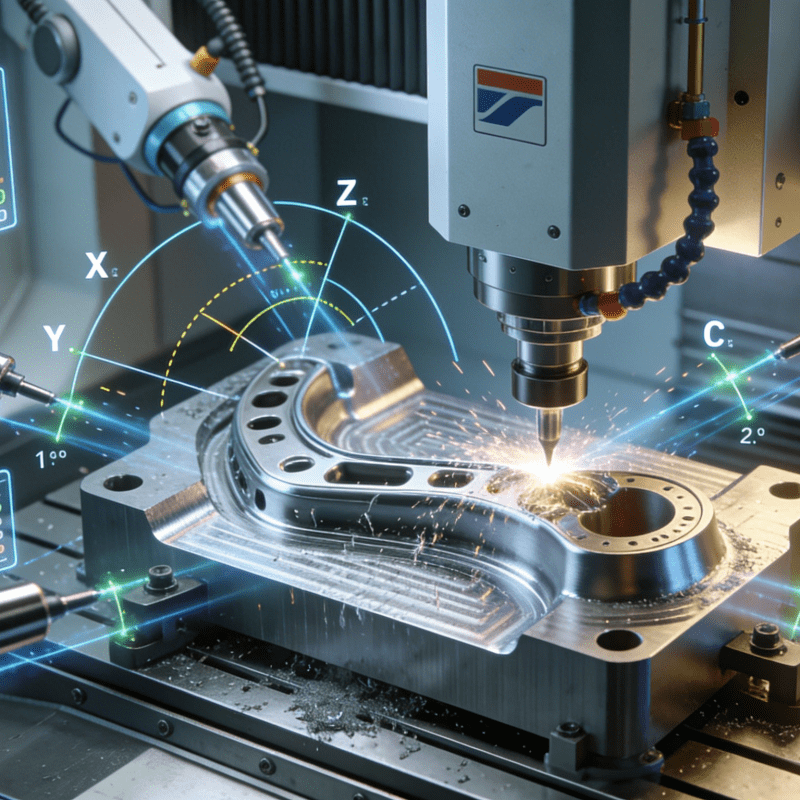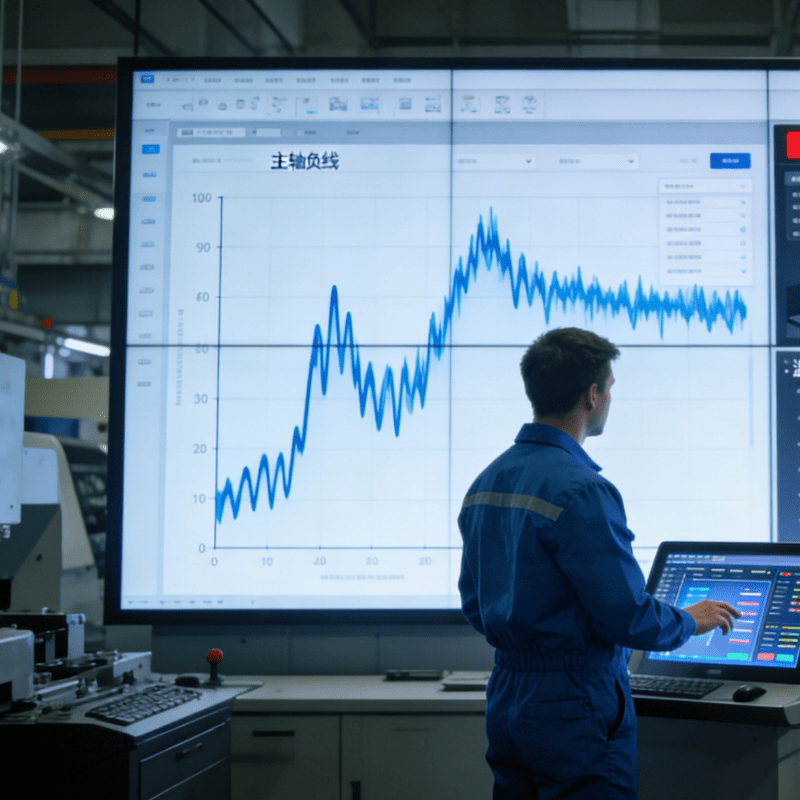
Technical Breakthroughs of Walker S2: Swarm Intelligence Collaboration and High-Precision Operational Capability
Equipped with the upgraded Swarm Brain Network 2.0 and the self-developed Co-Agent— the world’s first agent technology specifically designed for thebody of industrial humanoid robots—Walker S2 can not only autonomously navigate and operate in factories but also achieve high-precision spring grabbing and placing through the 6 – Axis Robotic Spring Pick – and – Place System. This further enhances the swarm intelligence collaborative operations of multiple humanoid robots across various scenarios and tasks such as sorting, handling, and quality inspection.
UBTech Takes on Another Important Role: Two National Standards for Humanoid Robots Approved for Project Initiation
Recently, two national standards, namely Technical Requirements for Humanoid Robots – Part 6: Positioning and Navigation (led by UBTech as the primary initiator) and Technical Requirements for Humanoid Robots – Part 7: Human-Robot Interaction (co-led by UBTech and Beijing Institute of Mechanical Industry Automation Co., Ltd.), have been officially approved for project initiation. As early as April this year, UBTech also took the lead in formulating the first batch of national standards for technical requirements of humanoid robots, being responsible for establishing operational technical specifications.
Positioning and Navigation Standards: Laying a Solid Technical Foundation for Autonomous Movement of Humanoid Robots
Positioning and navigation technology is a key support for humanoid robots to achieve autonomous movement, task execution, and environmental interaction, directly affecting their commercialization process and ability to penetrate various scenarios. Technical Requirements for Humanoid Robots – Part 6: Positioning and Navigation will regulate technical requirements for humanoid robots in terms of spatial positioning, map construction, path planning, navigation for obstacle crossing and avoidance, exception handling, and navigation stability.
Standard Linkage Effect: Promoting Collaborative Development of Upstream and Downstream Sectors in the Industry Chain
The formulation of technical standards for positioning and navigation of humanoid robots not only involves robot manufacturers but may also impact the development of related industries such as sensors, chips, and algorithms. The establishment of unified standards can promote collaborative development among upstream and downstream enterprises in the industry chain, form closer cooperative relationships, and jointly drive the progress of the humanoid robot industry.
Human-Robot Interaction Standards: Establishing Core Norms for Robot-Human Collaboration
Human-robot interaction technology is the core capability for humanoid robots to achieve natural collaboration with humans and integrate into social life, and its importance is reflected in multiple dimensions such as technological breakthroughs, scenario adaptation, user experience, and social acceptance. Technical Requirements for Humanoid Robots – Part 7: Human-Robot Interaction will regulate aspects such as multi-modal interaction and teleoperation interaction. It not only covers the response and execution of user instructions by humanoid robots but also includes the perception and understanding of users’ emotions, intentions, and behaviors by humanoid robots, as well as how robots communicate and collaborate with users in a natural and effective manner.
Value of Standardization: Enhancing User Trust and Robot Acceptance
By formulating standards, it ensures that humanoid robots have consistent and predictable behavioral patterns when interacting with users, which helps improve users’ trust and satisfaction in robots, making them more likely to be accepted and used.
UBTech’s In-depth Engagement in Standardization: Over 40 Standards Lay the Foundation for Industry Discourse Power
As of June 2025, UBTech has participated in drafting and releasing more than 40 standards in the fields of intelligent robots and artificial intelligence, including 4 international standards and 20 national standards. It has also been a core contributor to and published authoritative industry standard reports such as White Paper on Humanoid Robot Standardization, Technical Report on Humanoid Robot Evaluation System, and Research Report on Embodied Intelligence Standardization. UBTech serves as the deputy leader of the Humanoid Robot Working Group under the National Robotics Standardization Technical Committee and the co-leader of the Embodied Intelligence Subcommittee under the National Information Technology Standardization Technical Committee. Currently, UBTech is leading and key participating in more than 15 national, industrial, and group standards related to the series of technical requirements for humanoid robots and embodied intelligence datasets.
Standards First: Accelerating Large-Scale Implementation of Humanoid Robots
As the next disruptive product following computers, smartphones, and new energy vehicles, humanoid robots are entering a period of rapid development. At the same time, the urgency to establish relevant industry standards is increasing. The formulation and implementation of the national standards Technical Requirements for Humanoid Robots have, for the first time, systematically constructed a technical specification framework in this field, filling the gap in standards for the industrialization of humanoid robots. This will facilitate the transformation and popularization of humanoid robot technological achievements and accelerate the large-scale implementation and application of humanoid robots.
Technology Iteration Synchronized with Standards: Walker S2 Aligns with National Standards
While actively promoting the construction of industry standardization, UBTech continues to iterate its humanoid robot products and technologies. The recently released full-size industrial humanoid robot Walker S2 aligns with national standards in key technical areas such as dexterous operation, leg movement operation, dual-arm operation, long-sequence execution, multi-robot collaboration, operation obstacle avoidance, and battery life. Equipped with the upgraded Swarm Brain Network 2.0 and the self-developed Co-Agent, the world’s first agent technology dedicated to the body of industrial humanoid robots, Walker S2 can not only autonomously navigate and operate in factories but also realize swarm intelligence collaborative operations of multiple humanoid robots in multiple scenarios and tasks such as sorting, handling, and quality inspection.
Future Outlook: UBTech Continues to Support the Standardization of the Humanoid Robot Industry
In the future, UBTech will continue to deeply participate in the construction of industry standards related to humanoid robots, providing standardized support for the research and development of humanoid robot technologies, product implementation, and the standardized development of the industry. It will help accelerate the integration of humanoid robots into intelligent manufacturing, commercial services, and ultimately into all walks of life and thousands of households.
Examples of Robot Automatic Assembly Lines
Advantages of Artificial Intelligence Automatic Assembly Lines




















